Natural Heritage & Biodiversity
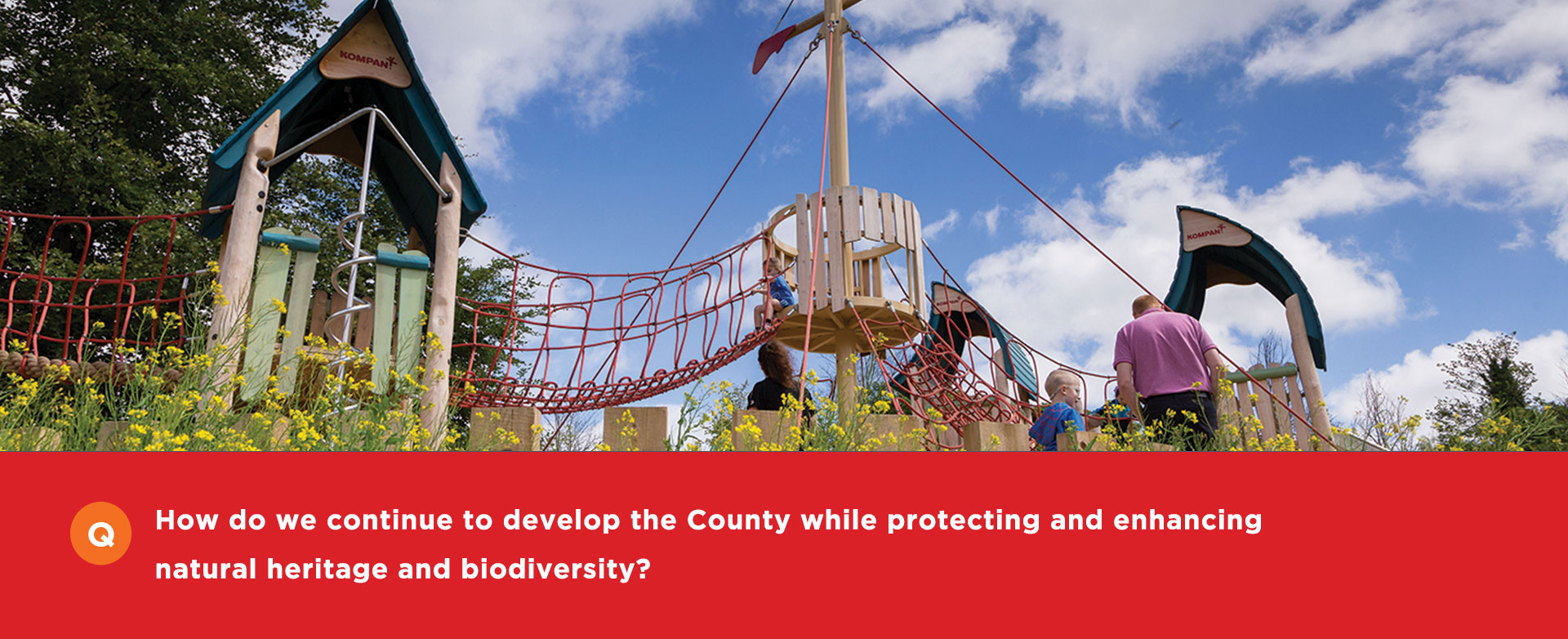
The review of the current County Development Plan provides an opportunity to build strong foundations to incorporate actions for biodiversity across all sectors in our operations.
The Plan must ensure that a balance is achieved in terms of land use and development and the protection of our environment. Biodiversity is the sheer variety of living organisms on the planet and how all of these interact with one another to form habitats and ecosystems. It exists everywhere even outside the boundaries of protected habitats.
As we rely on biodiversity for so many of our own basic needs, and as we are in an era of significant challenge for biodiversity, strong action is required. This needs to be reflectedin our land use planning and development policies.
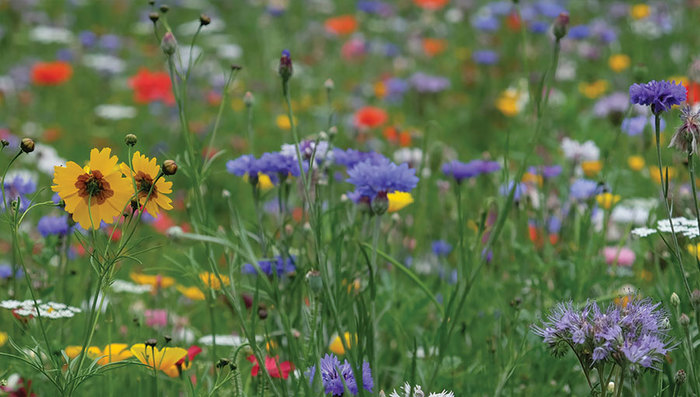
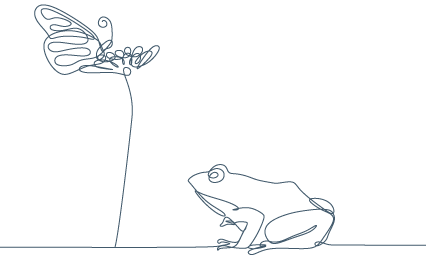
Q. What is Green Infrastructure and why does it help us?
Green Infrastructure (GI) can be defined as an interconnectingnetwork of natural and semi-natural green spaces like parks, gardens, rivers, woodlands, trees and hedgerows. A healthy green network not only supports species and habitats but supports a wide range ofEcosystem Services like water and air purification, pollination, flood management, climate adaptation, and space for non-damaging recreation.
Implementing a Green InfrastructureStrategy in the Development Plan provides the means to undertake the recommended Ecosystem Services approach in the Plan preparation process. This will result in a planned green infrastructure network that provides for high quality residential, employment and other areas where biodiversity and Ecosystem Services can be promoted and protected.
The landscape of South Dublin is one of its greatest resources. The landscape setting comprising of the urbanised lowlands; the hills and mountains provide essentialecological and cultural functions as well as offering extensive views across Dublin Bay and the Wicklow Mountains. A landscape Character Assessment will accompany the Plan.
Ecosystem Services Approach
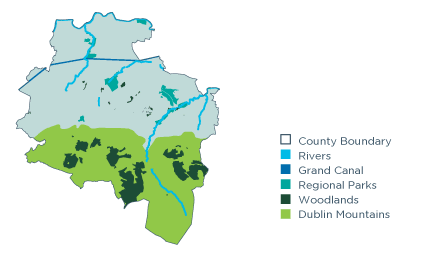
Q. So why does biodiversity matter to us?
We benefit from many of the day to day actions of the species andhabitats in nature such as theprovision of food, medicines and rawmaterials, clean air and water and themanagement of flood waters. These benefits from nature are sometimescalled ‘Ecosystem Services’ and canbe negatively affected by poorlyplanned development and by theeffects of climate change.
Research has shown that most of the Ecosystem Services in Europe are judged to be ‘degraded’ — no longer able to deliver the optimal quality and quantity of basic services such as crop pollination, clean air and water, and control of floods or erosion. The Ecosystems Services approach recognises that a well-planned interaction between humans, the economy and the environment can aid in protecting and managing ourenvironment, support our survivaland promote a better quality of lifefor us all.
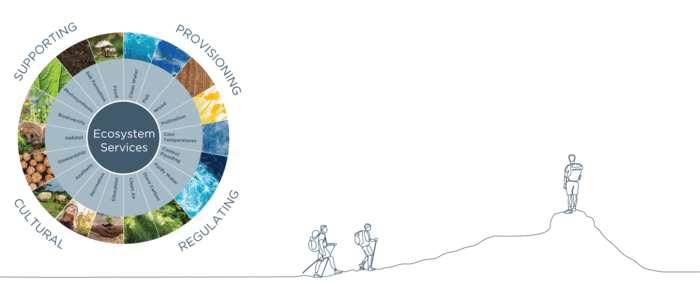

The Development Plan must contain:
Appropriate Assessment
The EU Habitats Directive (92/43/EEC) seeks to protect a number of habitats with flora and fauna of European importance by designing these sites as Special Areas of Conservation and Special Protection Areas collectively known as Natura 2000 sites. All land/projects are assessed for impacts.
Strategic Flood Risk Assessment
(SFRA) The EU Floods Directive and the “Planning System and Flood Risk Management Guidelines for Planning Authorities” (DoEHLG/OPW, 2009) set out the requirement for a Development Plan to be accompanied by a Strategic Flood Risk Assessment.
Strategic Environmental Assessment (SEA)
The Council is required to carry out a Strategic Environmental Assessment on the Development Plan. This process ensures that environmental considerations are fully assessed and are integrated into the preparation and adoption of the Plan.

Back to the top